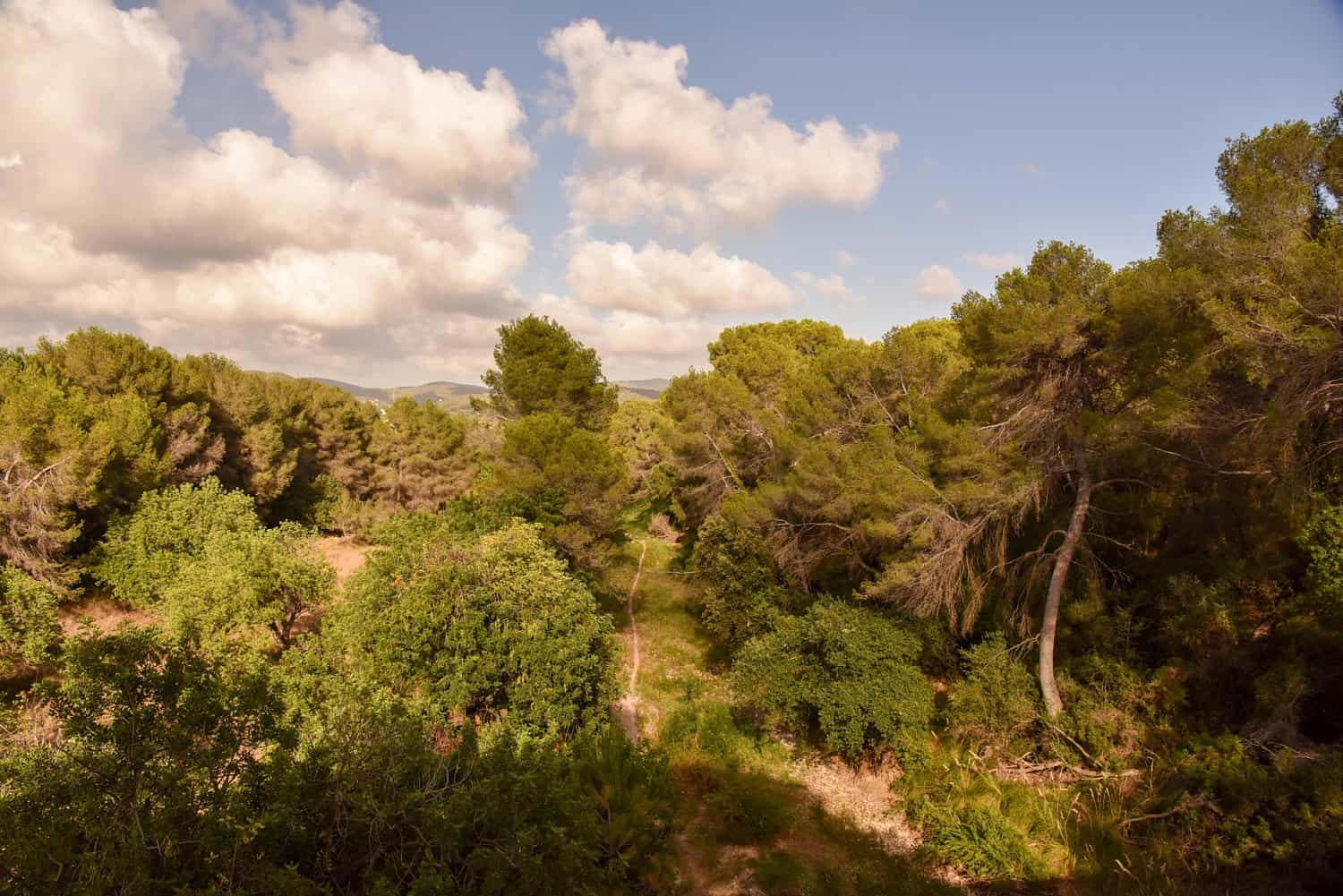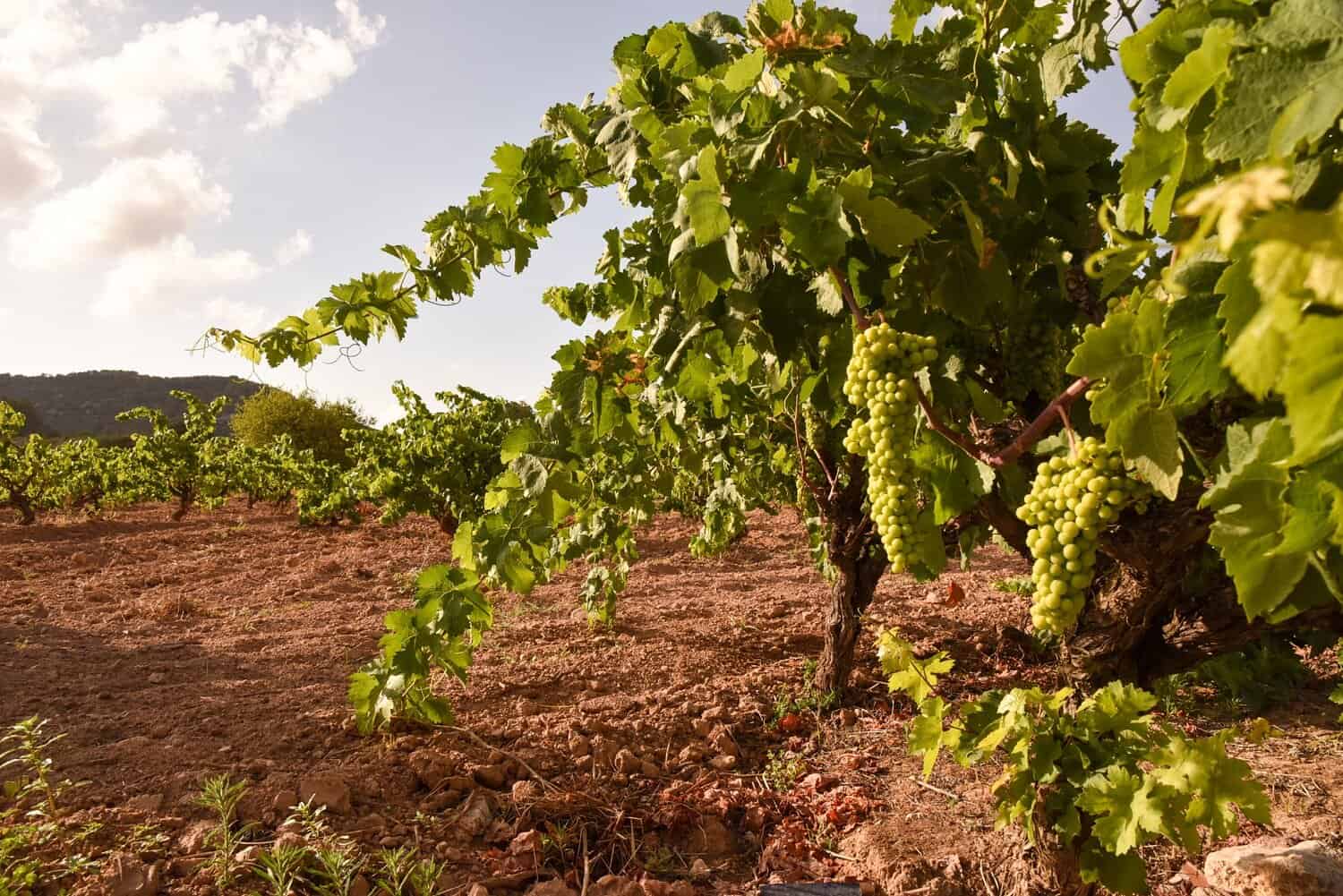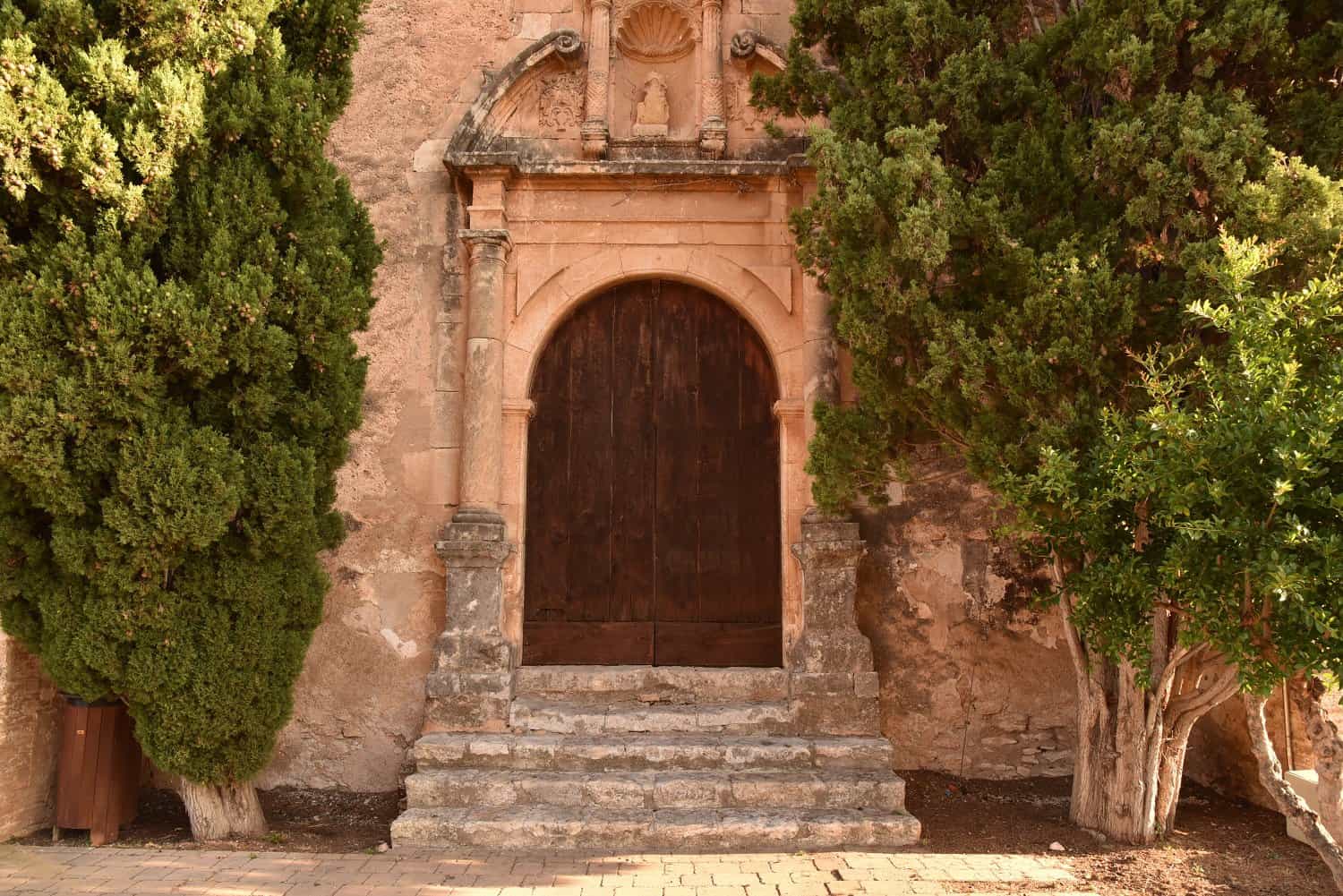Sant Pere de Ribes is a charming municipality located in the Garraf region of Catalonia, Spain, approximately 40 kilometers southwest of Barcelona. This guide will help you discover the town’s highlights, history, and practical information for your visit.
Sant Pere de Ribes combines Mediterranean charm with historical significance, situated among vineyards and natural landscapes. The municipality consists of two main urban areas: the traditional town center of Sant Pere de Ribes and the coastal area of Roquetes.
History
The town’s origins date back to medieval times, with the first documented mentions appearing in the 10th century. The area developed around the Castle of Ribes and the Church of Sant Pere (Saint Peter), from which the town derives its name. Throughout the centuries, it evolved from a primarily agricultural community to the diverse municipality it is today.
Historical Sites
The architectural heritage of Sant Pere de Ribes offers visitors a captivating journey through Catalonia’s past, with structures spanning several centuries of history. Dominating the medieval core stands the impressive 16th-century Church of Sant Pere, whose distinctive bell tower has served as the town’s defining landmark for generations, housing remarkable Baroque altarpieces within its stone walls.
Nearby, the elegant Can Puig mansion exemplifies 19th-century Catalan modernisme with its ornate façade and meticulously maintained gardens, while the ancient defensive tower of Torre del Vegetalí recalls the era when coastal communities needed protection from marauding pirates. The town’s historic center reveals a network of narrow passages and secluded plazas framed by ochre-colored buildings with wrought-iron balconies, many featuring symbolic architectural details that speak to the area’s agricultural wealth and religious devotion.
Archaeological remains at Els Garrofers provide glimpses into the Iberian and Roman settlements that once flourished here, while the restored communal wine press and olive mill, Can Puig de la Vall, illustrate the agricultural foundations upon which the town’s prosperity was built. These well-preserved historical elements create an atmospheric backdrop for wandering, offering insight into how this community has evolved while maintaining its distinctive character across the centuries.
Natural Attractions
The natural landscape surrounding Sant Pere de Ribes captivates visitors with its diverse Mediterranean beauty, offering an enchanting counterpoint to the town’s historical architecture. The dramatic limestone formations of Garraf Natural Park embrace the community, creating a stunning backdrop of rugged peaks and hidden valleys covered in aromatic pine forests, rosemary, and thyme that perfume the air after rainfall. Numerous well-marked hiking trails wind through this protected wilderness, rewarding adventurers with panoramic vistas across the sparkling Mediterranean coastline and the patchwork of vineyards and olive groves that carpet the lower slopes.
The Riera de Ribes, a seasonal stream cutting through the landscape, creates a verdant corridor where locals stroll beneath centuries-old plane trees, particularly beautiful during autumn when golden leaves contrast against the deep blue Catalan sky. Birdwatchers discover a haven for spotting eagles, kestrels, and colorful bee-eaters, while botanical enthusiasts can identify rare orchid species that thrive in the park’s unique microclimate.
More adventurous visitors explore the fascinating network of karst caves and crevices that honeycomb the mountains, testament to millions of years of geological activity. These natural attractions, just minutes from the town center, provide a perfect balance to cultural experiences, allowing visitors to immerse themselves in the Mediterranean landscape that has shaped the character of this quintessentially Catalan community.
Local Festivals
Sant Pere de Ribes celebrates a vibrant calendar of festivals that showcase the town’s deep-rooted Catalan traditions and community spirit. The annual Festa Major, honoring the town’s patron saint in late June, transforms the medieval center into a riot of color and music, with cobblestone streets filled with gegants (giant papier-mâché figures), spirited correfocs (fire runs) where devils dance among showers of sparks, and the gravity-defying human towers known as castells.
Wine enthusiasts flock to the September Festa de la Verema, marking the grape harvest with tastings, folk dancing, and the ceremonial treading of grapes in wooden barrels. February’s Carnival brings elaborate parades and satirical performances, while the atmospheric Corpus Christi celebrations in early summer see streets carpeted with intricate flower designs.
Gastronomy
The gastronomic scene in Sant Pere de Ribes offers a delicious window into authentic Catalan cuisine, blending traditional recipes with the region’s abundant local produce. The town’s restaurants and taverns proudly serve xató, the area’s signature dish—a distinctive salad featuring endive, salt cod, tuna, and anchovies dressed with a complex romesco sauce of ground almonds, hazelnuts, nyora peppers, garlic, and olive oil.
Local vintners produce exceptional Penedès wines from vineyards that carpet the surrounding hillsides, perfectly complementing dishes like fideuà (a noodle-based cousin of paella) and hearty stews featuring wild mushrooms foraged from the nearby Garraf mountains. Market-fresh seafood arrives daily from the Mediterranean, while inland traditions are honored through artisanal charcuterie, particularly botifarra sausages served with white beans.
Getting There
Getting to Sant Pere de Ribes from Barcelona is straightforward, with several convenient transportation options making the journey accessible for travelers. The most direct route is by car, following the C-31 coastal highway south for approximately 40 kilometers (25 miles), a scenic drive taking about 45 minutes depending on traffic conditions. For those preferring public transportation, the Monbus company operates regular coach services from Barcelona’s Estació Sants, with departures roughly every hour throughout the day and a journey time of about 50 minutes.
Alternatively, visitors can take a RENFE commuter train from Barcelona to Sitges (a 35-minute ride), then connect to a local L3 bus for the final 10-minute stretch to Sant Pere de Ribes. During summer months, the frequency of all services increases to accommodate higher visitor numbers.
Accommodation
Accommodation in Sant Pere de Ribes offers authentic charm rather than high-rise resorts, with options that immerse visitors in the town’s Catalan character. Restored masias (traditional farmhouses) now operate as intimate boutique hotels, featuring stone walls, wooden beams, and tranquil garden settings, often complete with swimming pools overlooking the surrounding vineyards.
Within the historic center, family-run guesthouses occupy centuries-old buildings, offering personalized hospitality and insider knowledge of local attractions. Several rural tourism establishments on the outskirts provide apartments with kitchenettes, ideal for longer stays or families seeking independence. While luxury seekers might look to neighboring Sitges for more opulent options, Sant Pere de Ribes excels in providing comfortable, characterful lodgings that connect guests to the rhythms of authentic Catalan life, with most establishments situated within walking distance of the town’s restaurants, shops, and historical sites.
Climate
Sant Pere de Ribes enjoys a classic Mediterranean climate that makes it an appealing destination year-round. Summer months from June through August bring warm, sunny days with temperatures typically ranging from 25-30°C (77-86°F), occasionally climbing higher during brief heat waves, though the proximity to both sea and mountains helps moderate extremes.
The reliable sunshine and low humidity create perfect conditions for exploring local vineyards or dining alfresco in the town’s historic plazas. Autumn arrives gently with comfortable temperatures and occasional refreshing rainfall that locals welcome after the dry summer, while bringing spectacular golden light to the landscape.
Winters remain notably mild, with daytime temperatures rarely dropping below 10°C (50°F), frost being exceptionally uncommon, and snow virtually unheard of in the town itself, though the higher elevations of the Garraf mountains might occasionally see a dusting.
Spring emerges early, often by late February, with wildflowers carpeting the surrounding countryside and pleasant temperatures ideal for hiking or cycling through the natural park. The region boasts an impressive average of over 300 sunny days annually, with rainfall concentrated primarily in autumn and spring, making weather-related disruptions to travel plans relatively rare regardless of when visitors choose to stay.
Nearby Destinations
Sant Pere de Ribes serves as an ideal base for exploring Catalonia’s diverse attractions, with several compelling destinations within easy reach. Just five kilometers to the south lies glamorous Sitges, with its pristine beaches, vibrant LGBTQ+ scene, and impressive Modernista architecture.
Wine enthusiasts can venture inland to the heart of Penedès wine country, where celebrated cava producers like Freixenet and Codorníu offer tours and tastings amid rolling vineyard landscapes. The port city of Vilanova i la Geltrú, only seven kilometers away, presents a more authentic coastal experience with its working fishing harbor, maritime museum, and seafood restaurants serving the day’s catch.
Nature lovers can delve deeper into Garraf Natural Park’s limestone wilderness or head west to the dramatic Montserrat mountain range with its famous monastery perched among fantastical rock formations. For urban exploration, Barcelona’s world-class museums, architectural marvels, and cosmopolitan energy lie just 40 kilometers northeast—close enough for a day trip yet far enough to escape its tourist crowds.
The fortified medieval town of Vilafranca del Penedès, with its wine museum and traditional festivals, offers another captivating glimpse into Catalan heritage, while the Roman ruins and amphitheater at Tarragona provide a fascinating journey into the region’s ancient past, all within an hour’s drive.
Tips for Visitors
Renting a car is highly recommended to explore the surrounding vineyards and natural park at your own pace, though the local bus network connects efficiently to nearby coastal towns. Consider staying midweek if possible, when accommodations are more affordable and restaurants less crowded, especially during summer months. Learning a few basic Catalan phrases rather than relying solely on Spanish will earn you warm smiles from locals who deeply appreciate the gesture—simple greetings like “bon dia” (good day) and “gràcies” (thank you) go a long way.
The town’s true character reveals itself in the early evening when residents emerge for the traditional passeig (evening stroll), making this the perfect time to join locals at plaza cafés for a pre-dinner vermouth. Bring comfortable walking shoes for navigating cobblestone streets and hiking trails, and don’t hesitate to ask shopkeepers about authentic regional products, as many sell locally-produced wines, olive oils, and honey that make perfect souvenirs. Restaurant opening hours follow the traditional Catalan schedule—lunch from 1:30-4:00 PM and dinner rarely starting before 8:30 PM—so plan accordingly or risk finding kitchens closed during typical international dining hours.
Final Thoughts
In conclusion, Sant Pere de Ribes stands out as a captivating destination that seamlessly blends rich history, vibrant culture, and natural beauty. Whether you are drawn by its medieval castles, charming town squares, and architectural gems, or enticed by the surrounding vineyards and the nearby Garraf Natural Park, this town offers something for every traveler. With its authentic Catalan festivals, renowned local gastronomy, and easy access to both the coast and Barcelona, Sant Pere de Ribes invites visitors to experience the warmth and traditions of Catalonia at a relaxed pace.












